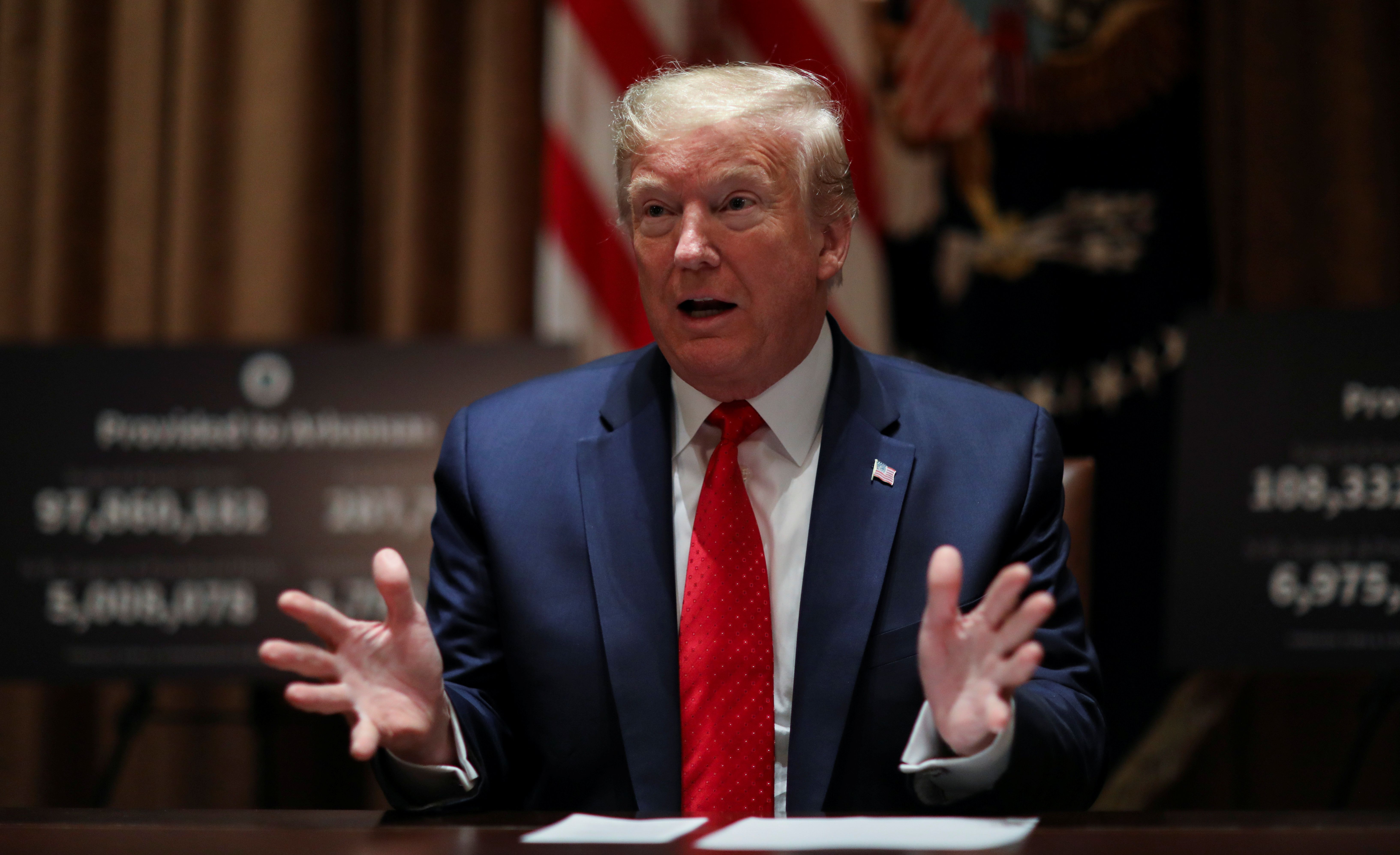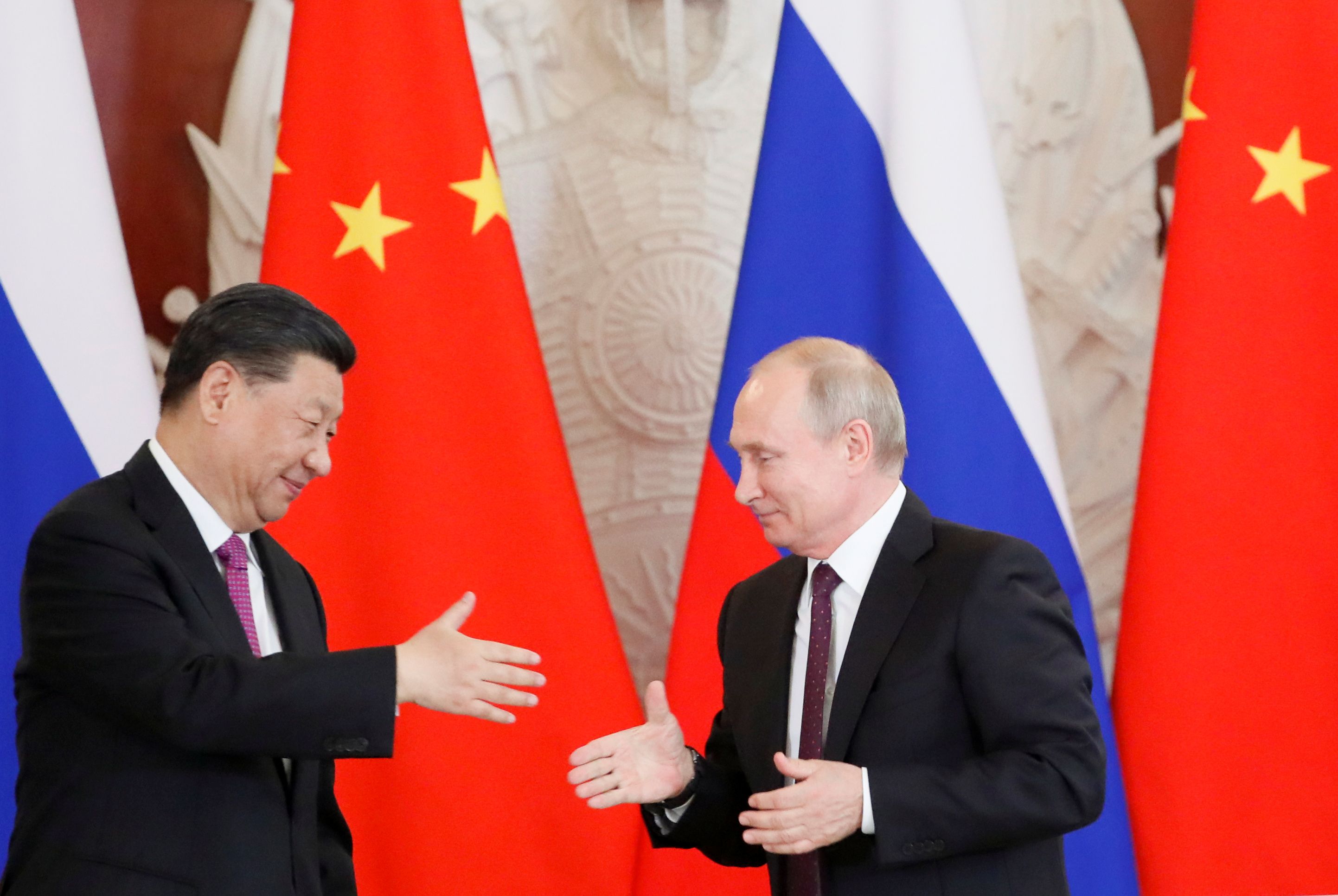
U.S. Biological Threats Detection System
The U.S. National Biodefense Strategy (2018) defines biological threats as epidemics of a natural disease or the accidental release of one, as well as the deliberate use of biological weapons. The “early warning” tracking of these threats is the responsibility of a few federal departments and agencies. Threat monitoring is regularly conducted by intelligence agencies, the State Department, and the Centers for Disease Control and Prevention (CDC). The latter is subordinated to the Department of Health and Human Services (HHS) and has its own international cooperation programmes, laboratory networks, and branches in each U.S. state. Additional support for the intelligence agencies and CDC come from multiple international cooperation projects focused on research into biological threats and conducted by the U.S. Agency for International Development (USAID). Since 2002, units within the FBI and Department of Homeland Security (DHS) responsible for analysis and combating terrorist threats with biological weapons have been expanded. The National Biodefense Strategy designates the head of the HHS as the coordinator of biological threat surveillance and crisis management, giving this person higher rank in the cabinet and National Security Council (NSC).
Both the current and previous U.S. administrations have received strategic warnings about potential pandemics, including Global Trends intelligence studies published in 2012 and 2017. Since 2006 to 2019, warnings about a possible pandemic of animal origin were included in every unclassified annual threat intelligence assessment prepared for the U.S. Congress (the 2020 edition has not been published yet). However, the capacity of the HHS and NSC to detect an imminent pandemic threat and, along with the president, to counter it may have been weakened by the cut in staffing of the NSC team responsible for tracking biological threats—in 2018, it was reduced and integrated into the Directorate for Weapons of Mass Destruction. Also, the frequent replacement under Trump of presidential advisors who might not be familiar with the 2016 NSC report that included lessons learnt during the Barack Obama administration’s containment of MERS-CoV, Ebola, and Zika viruses, may have contributed to the oversight. Both the Obama and Trump administrations were included in the cyclical biological crisis simulations held by the NSC, HHS, Pentagon, and state officials. The latest simulated exercise, Crimson Contagion-2019, laid bare the majority of the federal government problems revealed by the COVID-19 pandemic. Also, in 2019 the Trump administration did not prolong the multi-year virus pandemic research project (PREDICT) supervised by USAID. Budget cuts also halted in autumn 2019 the USAID liaison mission to the Wuhan Institute of Virology, in the city that became the first epicentre of the COVID-19 outbreak.
Pre-Pandemic Warning
Administration documents disclosed to date in media reports suggest that the U.S. federal government had up-to-date information concerning the coronavirus outbreak. In December 2019, the U.S. intelligence community reported to the NSC about China’s problems handling COVID-19, and since the beginning of January 2020, its warnings were included in the “Presidential Daily Briefing”, given directly to Trump. Similar warnings were passed on at the end of 2019 to the CDC, which at the beginning of January also offered aid to China (which rejected the help). At the turn of January to February, CDC also briefed Congress and some governors about the immediate threat of COVID-19 in the United States.
Initially, U.S. intelligence considered three hypotheses about the origins of the coronavirus. According to the first one, it was natural, with the outbreak starting in November 2019 in a Wuhan “wet” market. According to the second, the virus had natural origins but have been accidentally released by the Wuhan Institute of Virology after not following proper protocols to handle the virus. According to a third hypothesis, coronavirus is the product of genetic engineering and weaponisation by the institute, but released by accident. However, on 1 May, the Office of the Director of National Intelligence issued a press release probably to try to halt media speculation about these scenarios (some media were emphasizing the lack of a separate classified report, “Interagency Intelligence Memorandum” or “National Intelligence Estimate”). This was de facto intended to stop Trump from suggesting the virus had its origins at the Wuhan institute’s lab. It stressed that the intelligence community concurs with the wide scientific consensus that the SARS-CoV-2 virus was not man-made or genetically modified. It is worth noting that any modification of viruses are relatively easy to detect by independent scientists, which, like U.S. intelligence, exclude conspiracy theories about the origin of this coronavirus.
Despite all this, further politicisation of the content and sequence of leaked intelligence reports and estimates should be expected. For CDC and intelligence officials, it is important to prove their competence and to separate themselves from the administration’s omissions and errors, including at the initial stage of the pandemic. In this context, also clear is the continuing tension between the intelligence agencies and Trump, recently illustrated by the dismissal of Director of National Intelligence Joseph Maguire and intelligence Inspector General Michael Atkinson. For Trump and the Republicans, it is politically beneficial and convenient to spin both hypotheses about the virus originating in the Wuhan lab because, for his hard-line supporters, it explains his late reaction to the threat. Equally useful is stressing a cover-up of the real scale of the pandemic in Wuhan by the Chinese government as a reason for Trump administration’s lack of preparedness. On the other hand, Democrats, using leaked documents, are trying to expose Trump as incompetent and boost Joe Biden in the presidential campaign. Moreover, Congressional Democrats are proposing a special investigation modelled on the 9/11 Commission. Democratic members of the Intelligence Commission and Homeland Security Commission in the House of Representatives are working on two projects of special acts initiating an investigation and panel. If one or more panels are formed, Congress will seek full insight into administration documentation to audit and create an assessment of the pandemic crisis management by the White House, HHS, DHS, and Department of Defense. Due to the complexity and ongoing health crisis in the U.S., the investigation might continue much longer than once the pandemic is brought under control and even after the final results of the November presidential election results are known.
Prospects and Conclusions
Further politicisation of the Trump administration’s reaction to the COVID-19 pandemic, especially the timing of its response, are inevitable in the domestic politics of the U.S. This complex issue might also be the subject of a special investigation or separate inquiries by Congress. Regardless of their final conclusions, it seems clear that the U.S. system of monitoring and early-warning of biological threats worked correctly and that omissions and errors came on the side of the decision-makers and in crisis management. This implies political responsibility for President Trump and his cabinet and appointees. Trump will try to focus the public discussion on China, blaming a cover-up of the outbreak and real scale of the pandemic in that country, along with criticising WHO and Chinese influence in the organisation.
Even with the U.S. government’s initial COVID-19 crisis-management in dispute, it is necessary to develop tight transatlantic cooperation on early warning of biological threats. The Americans’ capabilities in biological threat monitoring and defences are already advanced and will improve even more in future. It is in the interest of the U.S. and NATO to broaden the exchange of intelligence in these threats, regardless of their natural or man-made origins, to a wider group than just Anglo-Saxon countries (the so-called Five Eyes). Within NATO, the appropriate places for the exchange of such sensitive information is the Intelligence and Security Division (JIS) and Emerging Security Challenges Division (ESCD). The previous cooperation on antibiotics research by the U.S. CDC and the European Centre for Disease Prevention and Control (ECDPC) might be a model for new, joint-research projects. A separate field of cooperation between members and partners from NATO and the U.S. might be to agree procedures and expedite preparedness of crisis-management assets in the context of a biological threat and counter it, for instance, through joint planning in the framework of the Euro-Atlantic Disaster Response Coordination Centre (EADRCC)







